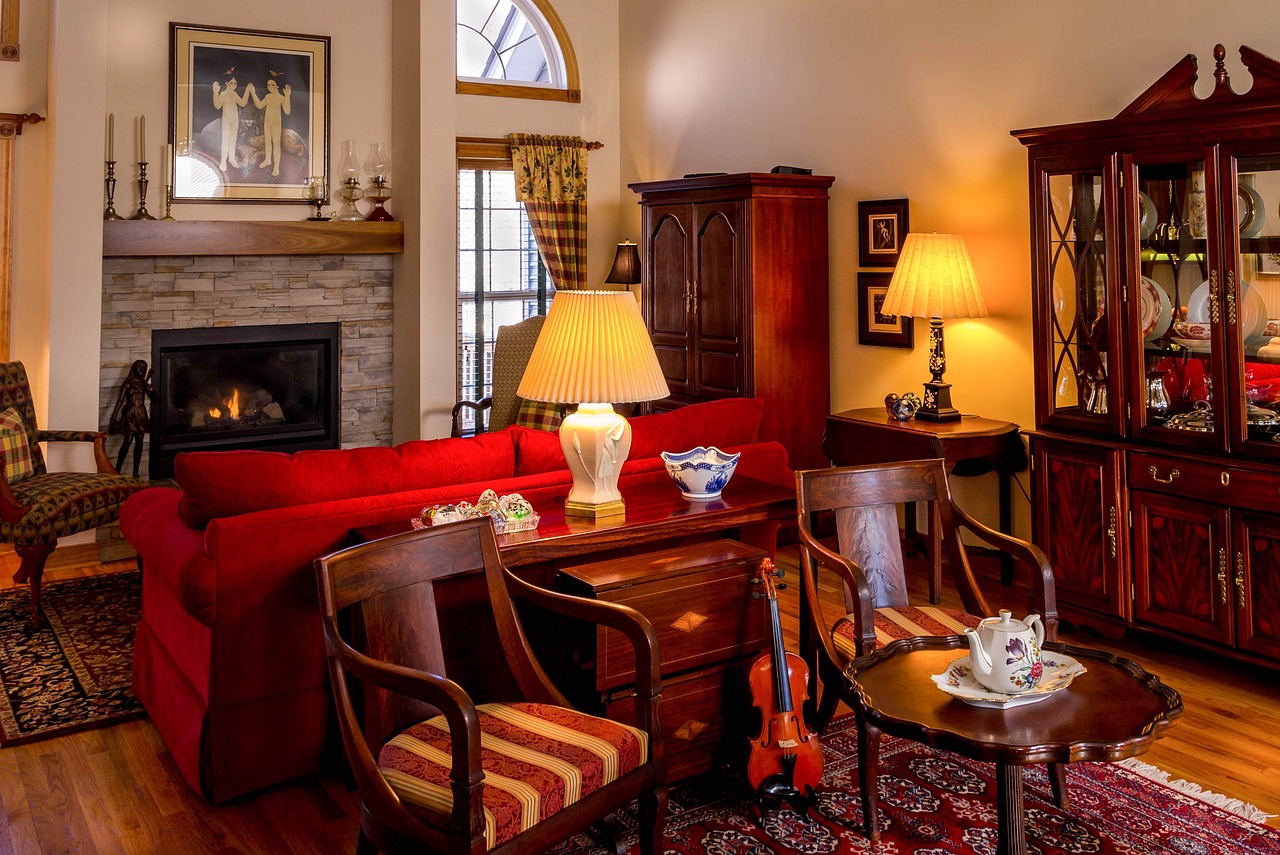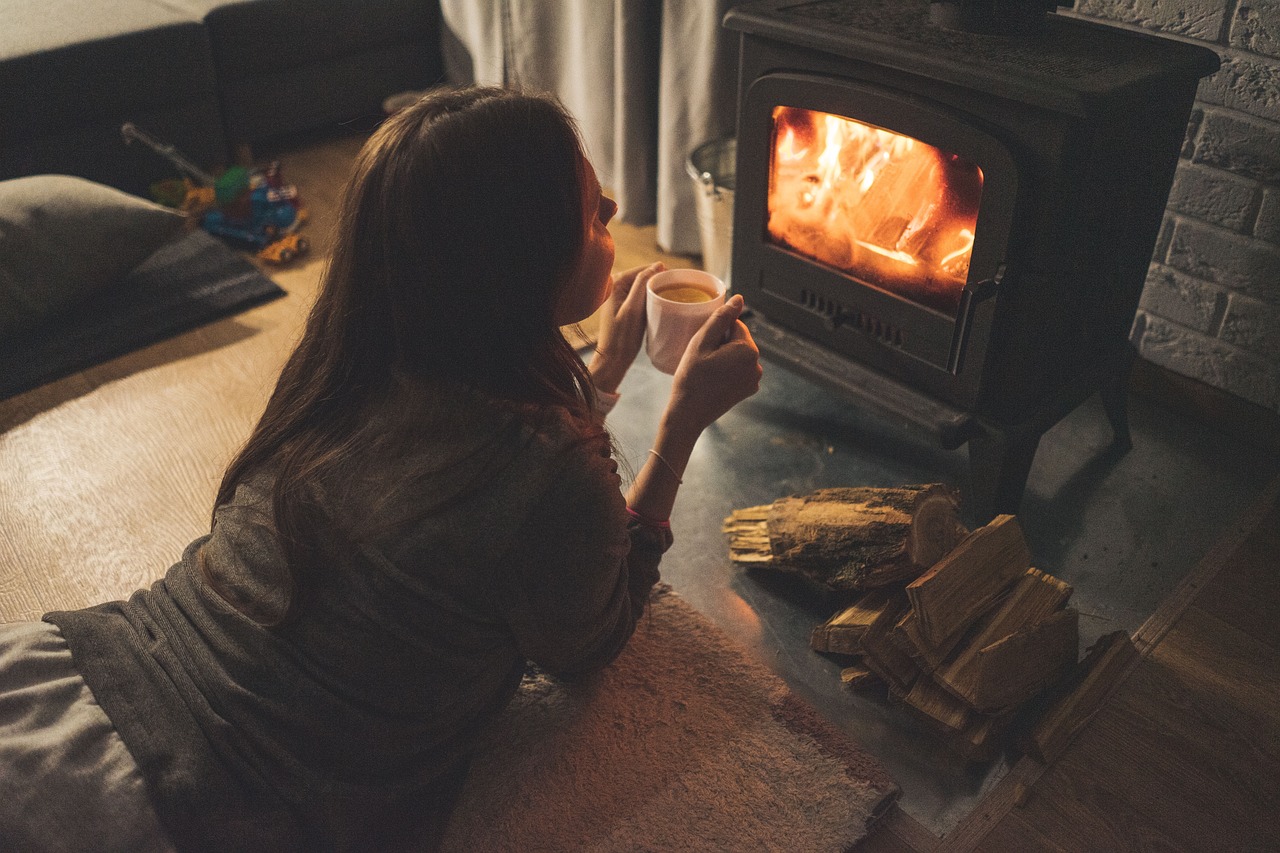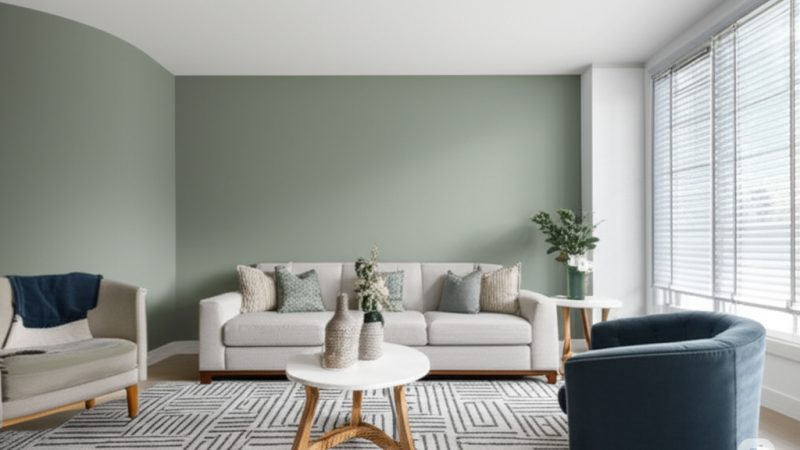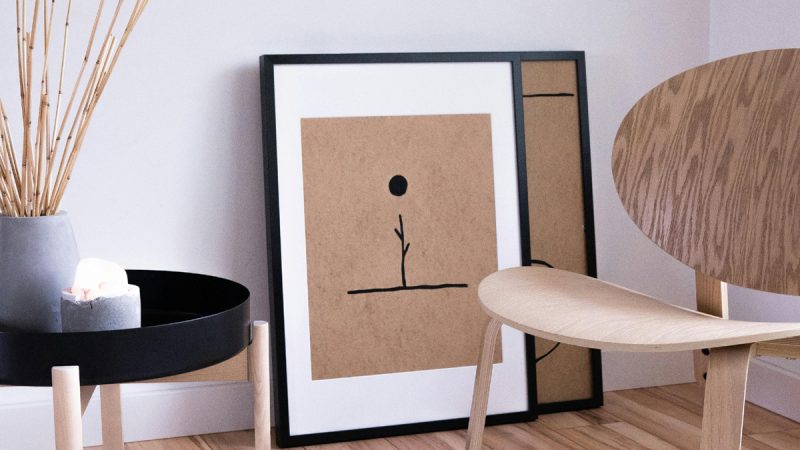Care for Antique Furniture

How to Care for Your Antique Furniture
· Why is your Aunt Mabel’s dining room table warped?
· Why is your Grandmother’s sewing table discolored?
· Should you use aerosol polishes on your antiques?
Relative Humidity
Central heating is the worst thing to happen to antiques. A warm inside and cold outside makes life comfortable while wreaking havoc on antiques. It’s the fluctuations in relative humidity that central heating creates which cause the problem. Wood responds to relative humidity by expanding and contracting as it tries to maintain a balance with its environment. It’s not the rapid changes during the course of a day that cause the most damage, it’s the long-term seasonal fluctuations, which cause the serious damage. During the dry winter months when it is cold outside and warm inside, wood tends to shrink. During hot damp summers when it is warm outside and cooler inside, wood tends to expand. Long-term exposure to these conditions leads to cracking, warping and splitting.
How can you guard against the fluctuations in relative humidity in your home? Use a humidifier during the cold winter and a dehumidifier in the damp summer. Think twice before putting a good piece of furniture in a basement, attic, near heating vents or near fireplaces. Keep fresh air circulating. Maintain a constant room temperature and turn it low at night.
Finishes are affected by relative humidity. Just as the wood expands and contracts, so too does the finish, which becomes brittle and crack. This is called crazing.
What can you do about crazing? Restor-A-Finish is a great multi-purpose product that penetrates through the existing crazed finish and stain, bringing up the color and restoring the luster.
Sunlight
Just as sun damage to the skin is cumulative and permanent, its effects on wood are just as destructive. Diffused sunlight over a long period of time can be as detrimental as direct sunlight over a short period of time. Sunlight can turn a clear finish yellow.
How can you avoid sun damage? The only good news about sun damage is that it’s easy to avoid. Draw the drapes, pull the blinds or have a UV-filtering film applied to your windows.
Insects
Termites are a menace to North American homes and are often found in older homes. Hopefully, you’ll notice an infestation of termites in your home before they reach your furniture.
The termite solution? Professional fumigation is the best remedy.
The wood beetle is a nasty archenemy of European antiques. It’s not as common in North America. Nevertheless, you want to be aware of the wood beetle in case you bring an antique from overseas into your home and infest the rest of your furniture.
The wood beetle lays its eggs in the crevices in wood; the larvae hatch and eat their way through the wood creating a series of tunnels. As the beetle ages, it digs its way out of the wood leaving a hole, flies off to lay its eggs and continues its life cycle.
A tell tale sign that you have wood beetle is the pile of frass (wood dust and insect excrement) on the floor. Another sign of a serious infestation is to pick up an item; if it is very light, likely a large portion of the inside has been eaten away.
How to rid your furniture of this pesky insect? Isolate the infested object. Ensure that the infestation has not spread. Hope that this infestation happened during the winter because the easiest way to get rid of this bothersome bug is to place the item outside on a dry sub-zero day.
Surface Damage
A great deal of surface damage can be prevented if you always remember to use coasters, mats and trivets and avoid placing hot and/or wet items directly on furniture.
Scratches — Never slide anything (vase, plate, serving dish etc) across a surface because it will scratch. A very light scratch can be treated with Restor-A-Finish. Deep scratches require the skill of professional restorers.
Liquids — Spilled water should be thoroughly wiped up immediately. Alcohol and solvents (nail polish, nail polish remover, perfumes) should be dabbed, not wiped because they can act like a furniture stripper and damage the finish. White rings left from either a hot drink or a wet glass should be attended to right away. A little Brasso applied with a clean cloth may do the trick. Or, I have found that Restor-A-Finish works well to remove white rings. Always test on a small area first.
Candle wax — Wait for the wax to cool then gently loosen using a fingernail to remove.
Cleaning
For daily cleaning, use a clean cloth or a clean duster. For those who like to use something more, I recommend Orange Oil because it works well to clean and polish wood finishes. I like it because it doesn’t leave a wax build up and doesn’t contain linseed or silicone oil. Avoid aerosol spray polishes because they can contain silicone oil and other agents that can be harmful to your furniture.
Every couple of months, wax with a good quality paste wax that can be found in any hardware store. If you wax too much, it can dull the finish and attract dust. To remove a waxy build up, apply varasol with a clean cotton cloth. Proper waxing will bring up the color and grain of the wood and protect it. Rub a small amount on a soft cloth and apply it in circular motions. Let it dry, then buff with a clean cloth.
Moving/Handling
Remember to treat your antiques with care. They are old and should be given the respect that their age commands. Pick up chairs from underneath the seat; not by the arms. Lift a large piece of furniture; dragging it can put excessive pressure on the legs. Tables should be lifted by the apron; not by the top or the legs because they could be loosened. Open drawers using both draw pulls; not just one. Sit squarely on a chair; don’t tilt back on it.
For more information, on Restor-A-Finish and Orange Oil visit http://howardproducts.com.
The Author:
Martin Swinton lives in Toronto, Canada and owns Take-A-Boo Emporium, a popular local antique shop. He has appeared on a variety of television programs and teaches courses on antiques.








